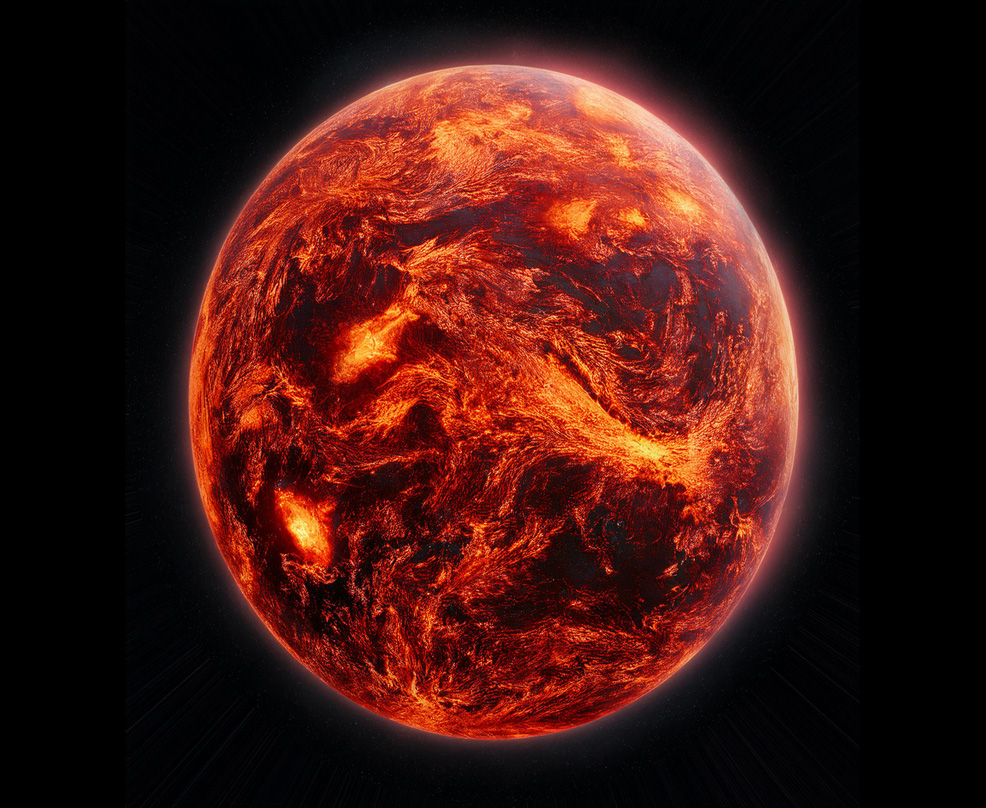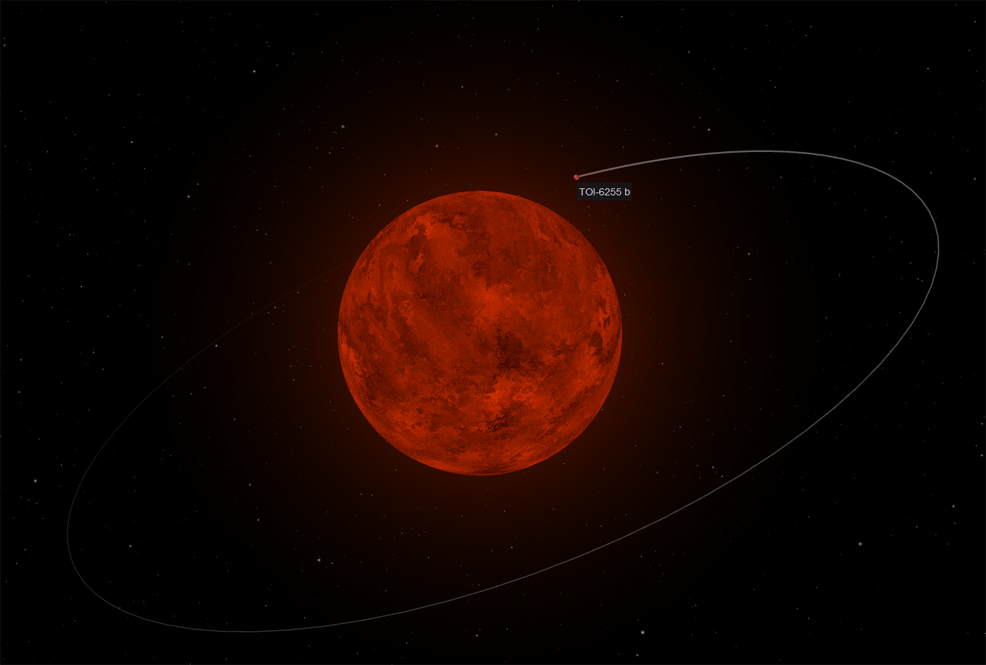
25th August 2024 Egg-shaped planet discovered by astronomers Extreme tidal distortion from a nearby star has caused an exoplanet to resemble a giant egg. These intense forces and its decaying orbit are likely to tear the planet apart within 400 million years.
Over the years, astronomers have uncovered a plethora of unique and fascinating exoplanets, some with extraordinary characteristics. From those with eccentric orbital configurations and unusual planetary combinations to those enduring extreme temperatures or atmospheric conditions – such as the infamous world where molten iron rains from the sky – our understanding of what a planet can be is continually challenged. Yet, among this cosmic menagerie, the recent discovery of TOI-6255 b stands out as one of the most bizarre. This Earth-sized exoplanet, subjected to extreme tidal forces, has taken on an egg-like shape and faces an inevitable, catastrophic fate in the distant future. Located 66 light-years away, TOI-6255 b is a rocky planet with a radius about 1.08 times that of Earth and a mass about 1.44 times greater. Despite these similarities in size, its environment is anything but Earth-like. TOI-6255 b completes a full orbit of its parent star – an M-type red dwarf – in just 5.7 hours.
The proximity of this planet to its star – 72 times closer than Mercury is to our Sun – makes it a so-called "ultra-short-period" (USP) exoplanet. Its surface is likely to be composed entirely of molten lava, with a temperature of 1,300 °K (1,027 °C, or 1,880 °F). In addition to these hellish conditions, TOI-6255 b has a decaying orbit that is predicted to exceed the Roche limit in about 400 million years, leading to its destruction and absorption by the star. The discovery of TOI-6255 b began with data from NASA's Transiting Exoplanet Survey Satellite (TESS), which identified the planet's brief and frequent transits across its star. These hinted at a small, Earth-sized world, but the full extent of its peculiar nature only became apparent in later research. A new study, published in The Astronomical Journal, reveals that TOI-6255 b is deviating by a massive 10% from a perfect sphere. For comparison, the tidal distortion of Earth due to the Moon is only 0.00001%. "Tidal disruption of planets is minimal in our Solar System," said Dr. Fei Dai, Assistant Astronomer in the Institute for Astronomy at the University of Hawai'i, and the lead author. "However, the rings of Saturn are thought to originate from tidal disruption of satellites around Saturn. Tidal forces are strongly dependent on orbital separation. Only objects with the shortest orbital period experience significant tides." TOI-6255 b offers a valuable opportunity to study the effects of extreme tidal forces on rocky worlds. By observing an exoplanet in the process of being tidally distorted to such a degree, astronomers could gain insights into the internal composition and structural integrity of planets under extreme gravitational stress. This may help refine models of planetary formation and evolution, particularly in harsh environments close to parent stars. Looking ahead, Dr. Fei Dai says that TOI-6255 b is a prime candidate for follow-up studies using the James Webb Space Telescope (JWST). The unparalleled sensitivity of the JWST could allow astronomers to conduct detailed phase curve observations, which would reveal more about the planet's atmosphere and its surface conditions. These observations could confirm the presence of molten lava and provide direct evidence of the planet's distorted shape.
Comments »
If you enjoyed this article, please consider sharing it:
|
||||||








